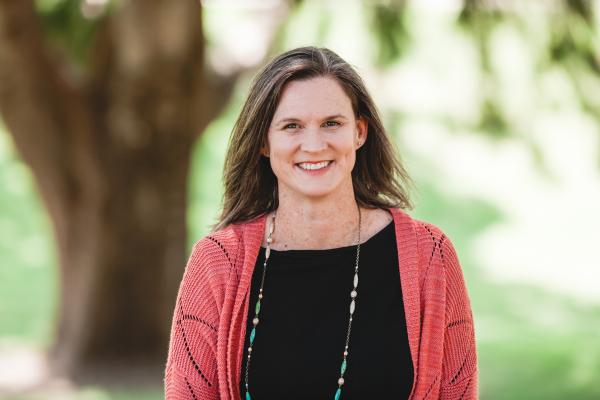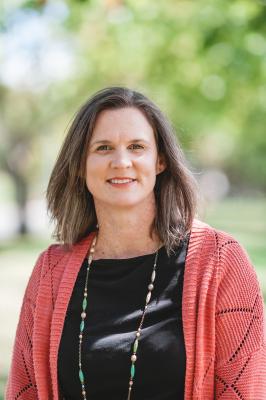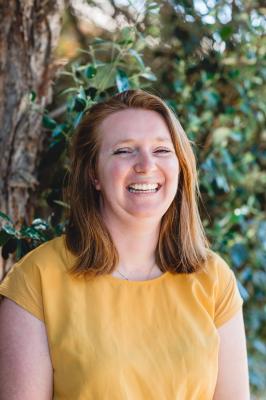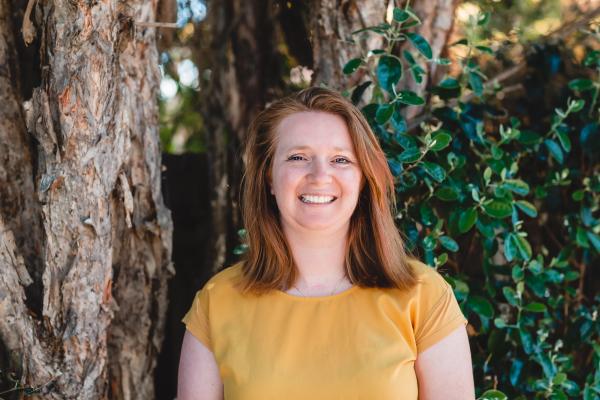Strokes in working-age Australians cost the national economy $2.9 billion in lost productivity each year, despite most people associating the disease with the elderly. Highton researcher Alyna Turner speaks to Luke Voogt about a new project to help stroke survivors get back into the workforce.
Twenty nine – that’s how many working-age Australians are devastated by stroke each day, Stroke Foundation estimates.
Strokes cost the Australian economy $2.9 billion annually from time off work, lost or lower employment ($1.8 billion alone) and premature death, according to the foundation.
But Highton single mum and researcher, Dr Alyna Turner, has recently begun a project that could make a dent in those figures.
Even more importantly for Dr Turner, she hopes her work will improve the quality of life of working-age stroke survivors.
“Depression, sensory issues and anxiety are common after stroke and can hinder efforts to earn a living,” she said.
“The challenges include lost independence as a result of physical disability, financial pressures and difficulties resuming their roles in family and community.”
The clinical psychologist recently received a $75,000 Stroke Foundation grant to develop telehealth programs to help survivors work again.
“I’m particularly delighted to have received this grant because of its focus on young stroke survivors,” Dr Turner said.
“It’s very exciting. What are the differences we make? Can we get higher rates of people returning to work?”
Telehealth – using telecommunications for healthcare and medical education – could greatly expand the reach of return-to-work programs, according to Dr Turner.
“It’s now vital that the research is delivered to maximise its benefits,” she said.
“We know survivors in regional and rural areas face additional barriers including service availability and support.
“We hope a telehealth-delivered service will increase rates of successful return to work after stroke for them.”
The project builds on Dr Turner’s work from 2017 to 2019 with Barwon Health and Stroke Association of Victoria helping survivors work again.
Dr Turner worked primarily on the “mental health side” of the face-to-face program, which had a 70 per cent success rate among its 42 participants, she said.
The participants ranged from office workers to tradespeople and manual labourers.
“We’ve got occupational therapists on the team who have been working with people returning to work for many years.”
Along with reaching more people in rural areas, telehealth could be vital in future pandemics, Dr Turner said.
Increasing the service’s reach could also help researchers identify different barriers to work and ways to overcome them.
“For example, we need to think about farmers and farmworkers, who are in a different position to office workers,” she said.
“We want to try to catch people early – as soon as possible after the event – and support them in their return to work journey.
“Some stroke survivors might want time off whereas others might want to jump straight into work, and both groups are important.
“For some, financial concerns and other stressors might make them return quicker than they should.
“They might have mood changes or struggle with fatigue, and might not have realised how much of an impact that was going to have on them.
“It can also be confusing for people to know how the stroke is going to affect their capacity.
“They may think they need to be fully-recovered before coming to work whereas it might be that they just need to make some adjustments to the workplace.”
At times current or potential employers might only think about the physical barriers, Dr Turner said.
“Every stroke is different. Obviously people have the changes that you can see – in their speech and movement – but there’s also the invisible effects that might include mood changes, fatigue and changes to cognition.”
As a senior lecturer at Deakin University, Dr Turner has studied the link between significant depression symptoms and conditions like stroke and cardiovascular disease occurring later in life.
Stroke survivors in turn are more likely to suffer mental health problems, either resulting directly from their condition or its impacts, such as the loss of independence.
“In the current project we take a very broad view on stroke recovery,” Dr Turner said.
“We look at their overall health and wellbeing, including their mental health.”
While strokes might occur more in young people than some think, they are still far less common than in the elderly.
“This means younger survivors don’t necessarily have peers that go through the same thing, so they can feel quite isolated,” Dr Turner said.
She said helping them to work again could include physio and strength-building exercises or simply helping employers understand how to best support their stroke-affected employee.
“For others it might not be possible to return to the job in its same form,” Dr Turner said.
“Then it’s helping the person consider a different role within the organisation or finding a new career.”
Dr Turner hopes to expand and improve telehealth conferencing for stroke survivors with the help of her participants.
“We ask people to give us detailed feedback during the service so it helps us improve and refine what we do,” she said.
Stroke survivor Jasmine West, 29, understands the potential benefits of telehealth all too well.
The former Warrnambool local moved to Whittington a few weeks ago, after relying heavily on online conferencing amid COVID-19 in 2020.
“I used it last year to connect with my psychologist and also for my connection to the outside world, because we couldn’t meet up,” she said.
Ms West survived a stroke at age 25 when she was working as a sterilisation technician in the operating theatre of a local hospital in 2016.
She was putting equipment away when she suddenly felt faint, and stumbled to the staff room for help.
But the hospital said her balance issues were from vertigo and sent her home.
Later that night, she started to feel strange and could not get up to walk, so her then-boyfriend rushed her to the emergency department.
Doctors took a day to diagnose her stroke as her paralysis spread and she eventually lost the ability to talk, she said.
She was flown to St Vincent’s Hospital, where she remained for three months on life support due to locked-in-syndrome, a very rare neurological condition resulting from her brainstem stroke.
She was fully-paralysed, except for her eyes.
Finally, after three months, she began to wiggle her fingers and toes, and doctors removed the tracheostomy from her throat, allowing her to eat pureed food.
“I spent another two months in hospital re-learning how to walk, talk and eat,” she said.
Ms West believes her condition “definitely” would have been diagnosed faster if her local hospital had access to telehealth at the time.
“You can talk to neurologists there and then, rather than getting flown out for five hours to see them,” she said.
“But sometimes you don’t mind being a bit of guinea pig so others don’t have to go through what you went though.”
Over the past few years she learned to walk with a walking stick, cook, clean, do washing and drive again.
Last year she started her first year studying social work, when COVID-19 hit.
Her compromised immune system – she has had pneumonia twice as a result of her stroke – kept her at home for much of the pandemic.
“It was a nightmare,” she said.
“I had to defer study for the first trimester, I just couldn’t cope. I went from five days of physiotherapy a week to just nothing.”
But she continued to catch up with her exercise physiologist, other specialists and stroke survivors, and do Pilates online, before commencing remote study.
“It’s very convenient and it’s a really nice way to connect with specialists that are miles away,” she said.
She moved to Geelong to be closer to Deakin University, have access to more stroke specialists and connect with more young survivors.
A qualified dental nurse, Ms West acknowledges both of her physically-demanding “jobs are now undoable”.
“Dental nursing is so fast-paced. You’re running around like a headless chook some days,” she said.
“Being a sterilisation technician is very physical and requires standing all day.”
But apart from “having my life torn apart”, her stroke had not affected her cognition, mental health or personality, she said.
Ms West reckons her stroke could actually help her better relate to others as a social worker once she finishes her degree.
She said her barriers to working would be more physical, and that a mobility scooter and accessibility at her workplace could help her overcome these.
For Ms West, having someone advocate on her behalf, and feeling safe, respected and included, are just as important.
“It’s always really nice to have someone on your side,” she said.
“It would good to get the word out there that we’re all capable.”
She is a big fan of Dr Turner’s plans to use telehealth to help survivors get back to work.
“If they need me, I would certainly do it,” she said.
“It will help them reach a wider community and make them feel useful again – to give them a reason to want to get out of bed, rather than just doing therapy.
“By opening up those channels to full capacity to help people, it creates that inclusion that they need.”










